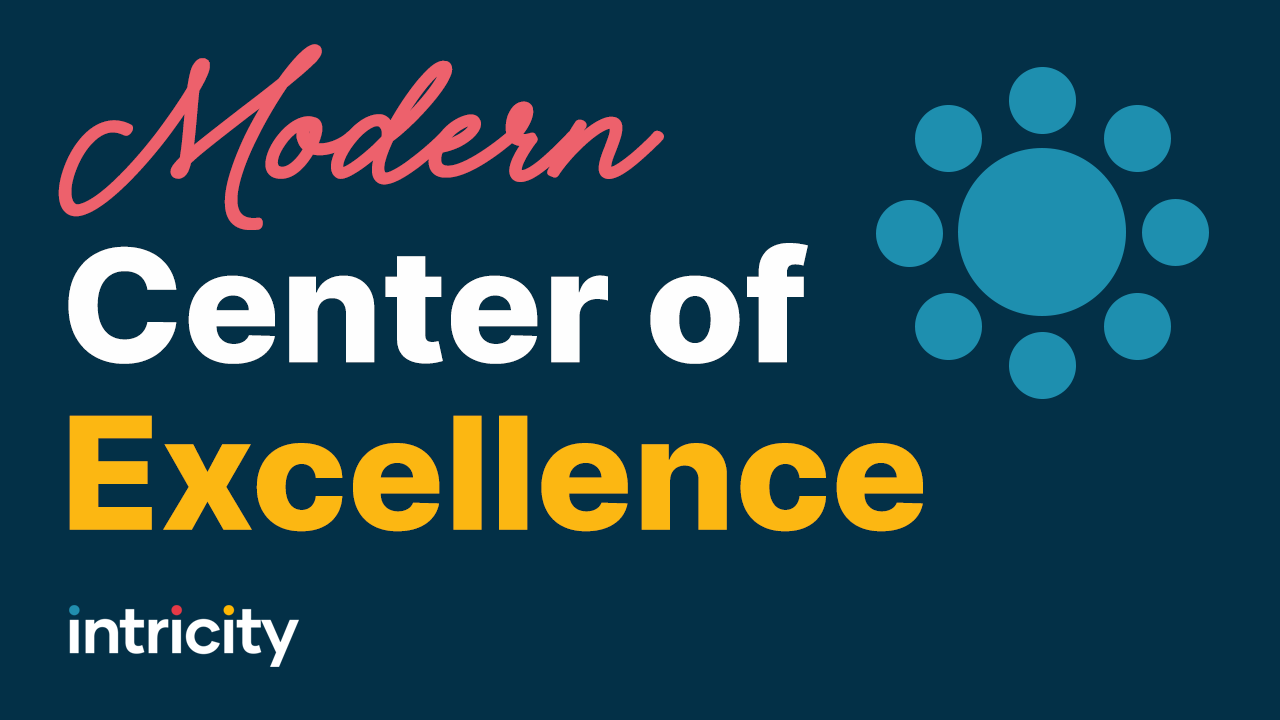Data Science. Few words conjure up such mystical expectations like Data Science. This is partially due to the calculation complexity to answer questions like,
“How many cocoa bean futures should I order, if Brazil experiences a drought?”
Actually walking people through mathematics to answer a question like this is immediately intimidating to nearly every business person in the world. But if we put that complexity aside for a second; answering questions like these can be incredibly powerful. There are individuals and companies that have briefly cornered markets with this kind of information.
So if your organization is not engaged or at least evaluating data science opportunities, you may be missing a huge win. But how do you know where these opportunities are and how to solve them? In this video, I’m going to describe 2 kinds of data science strategies that can help you develop answers to some of your more complex questions.
The first strategy is something I call Top-Down Modeling. In Top-Down Modeling, a Data Scientist is leveraging tuned algorithms and Statistics which have known success rates to assemble an answer to a specific question. For example, there’s an amazing predictor of aggregated human behavior called the Pareto Principle. Now the Pareto Principle alone is just a mere concept. It’s a model in the toolbox. If you want to know more about the Pareto Principle, I recommend you check out a great video posted by VSauce called “The Zipf Mystery” Anyway, it’s only when we marry Pareto Models with other models that we’re able to come up with some pretty remarkable things. For example, Intricity has a Data Science as a Service offering, where you can upload your customer transactions and we can literally tell you which of your return shoppers are likely to become loyal, and how many times a specific customer is likely to shop with you in the next month, with 90+% accuracy. Now the math behind that would make a Russian Statistician blush. But you can see that the real magic in Data Science is usually in knowing how to assemble the mathematical models to accurately describe an outcome.
And that brings us to the second data science strategy which is called Machine Learning. In Machine Learning we are having a machine do Bottom-Up Modeling by starting with the data, then programing a goal, and allowing it to iterate between positive and negative results while it tunes its own model. The outcome of machine learning is a statistical model that may have very complex relationships with a lot of branches or connections between entities. And the more data we pump through the model, the stronger its accuracy becomes. But don’t get bedazzled here by the machine autonomy. There is still a ton of human intervention in:
- Coding the right learning paradigm to ensure correct classification
- Tuning of the Parameters
- Skewing for Outliers
- Adding Features in the Data
The more elaborate and productionized Data Science deployments use a mix of both Top-Down and Bottom-Up Strategies. The Top-Down approach saves a lot of wasted processing power by efficiently applying well-tested models against the data. This in turn scales the Machine Learning platform by minimizing the classifications it has to model for right out of the gate.
One common misconception that people have after receiving the resulting data from certain Data Science efforts has to do with data attributes. For example, when we show the Intricity’s Customer scoring results it’s not uncommon for people to say. “But I want to see it by Zipcode, or by Ad Campaign”. Whenever you say the words, “I want to see it by…” You’re usually talking about an attribute of the data, which can be very easily applied at the analysis level. However, it requires your data science team to have a savvy relationship with your data warehousing and Business Intelligence team. This is where Intricity’s unique sweet spot is. We can integrate the sometimes disparate efforts of a wide variety of driplines, into a cohesive strategy. I recommend you reach out to Intricity and talk with a specialist. We can be your Data Science team, and we can make it easy by offering it as a regular service like Intricity’s Customer Scoring Product.
If you would like to learn more about the Intricity Data Science as a Service offering take a look at our whitepaper
Data Science, including Intricity's Customer Scoring as a Service offering.
Links in the Video:
Data Science Whitepaper: Customer Scoring as a Service
Intricity's Talk With a Specialist Page


